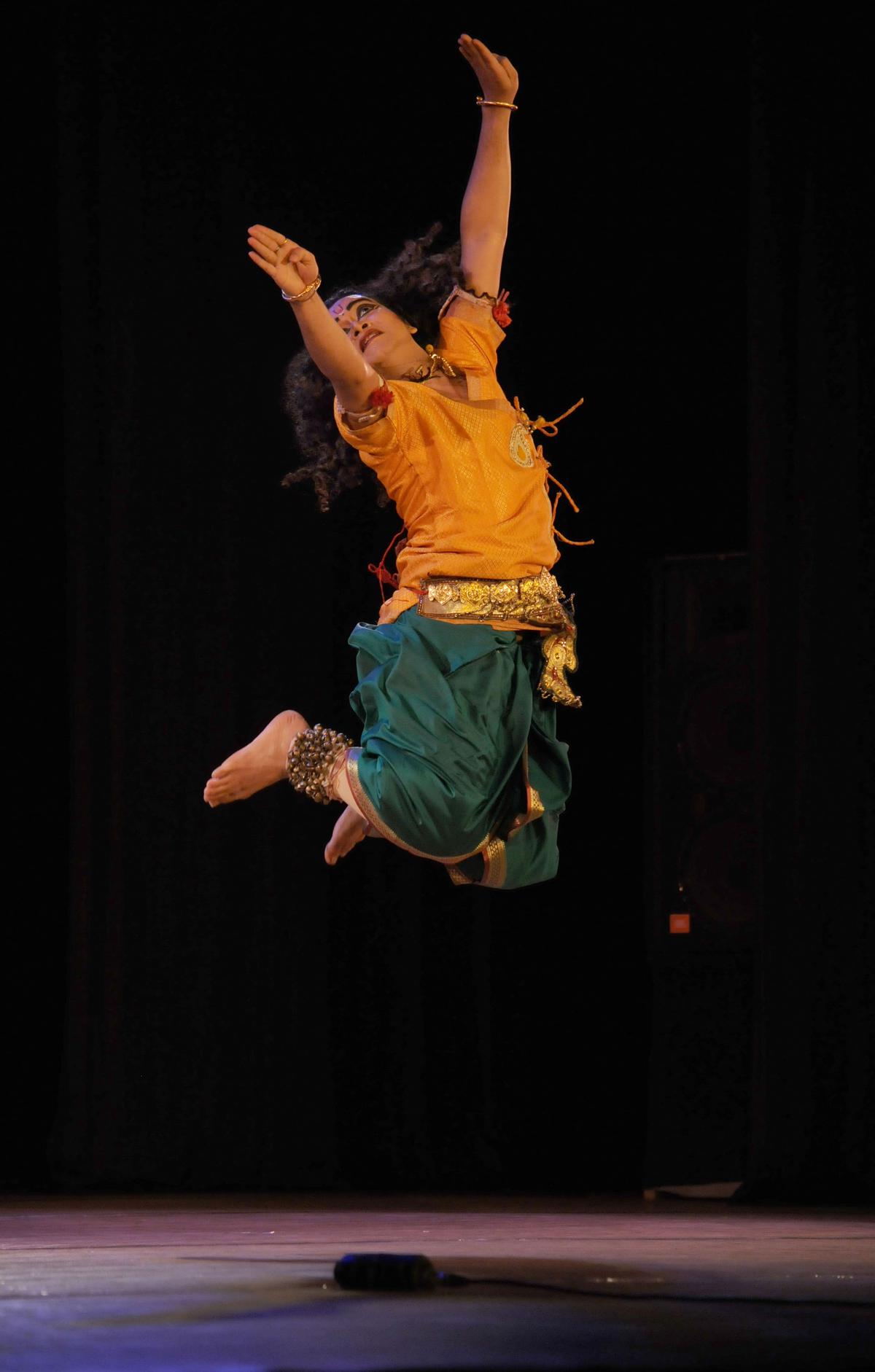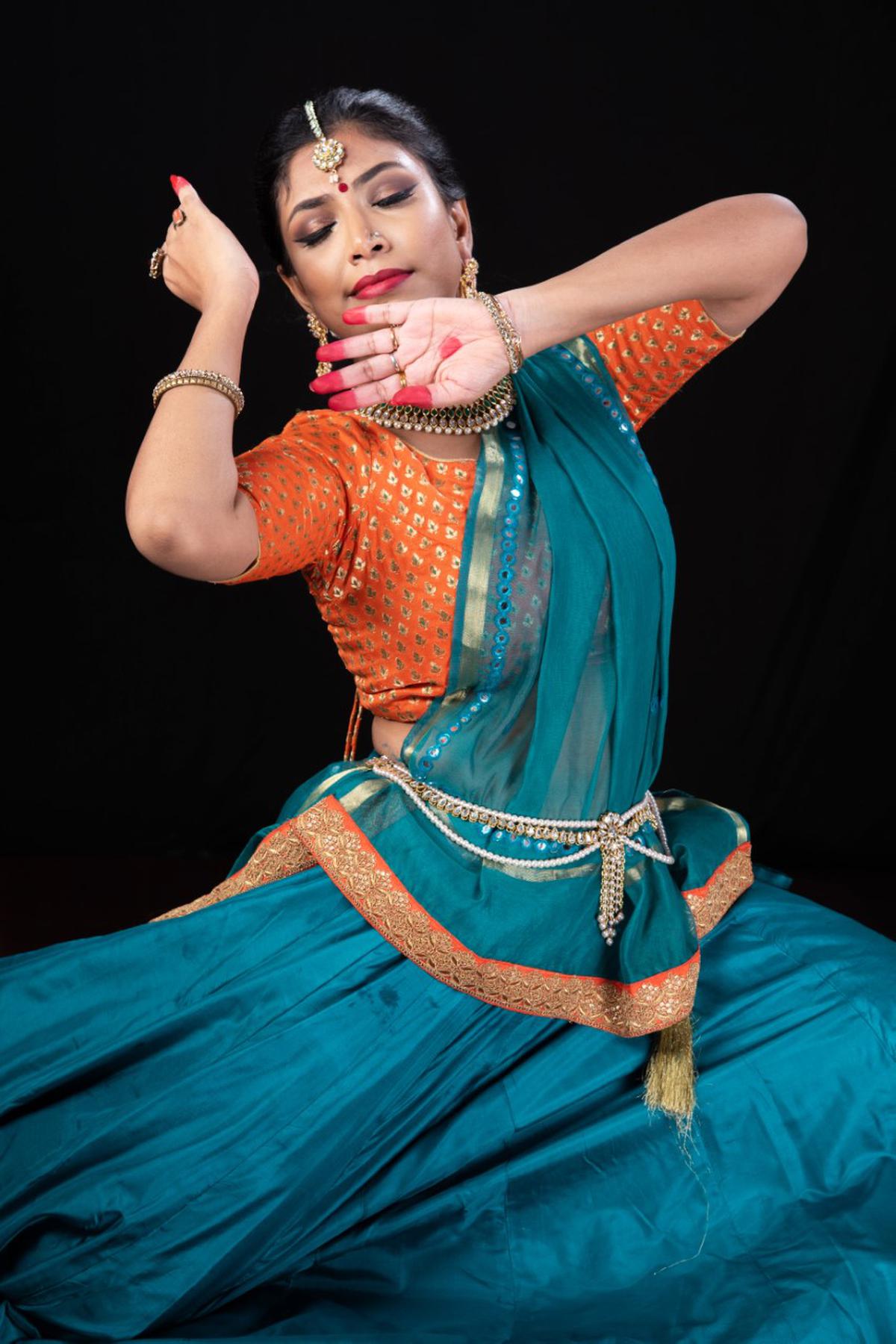At one time, there were at least four distinct schools, but the sharp lines between these are now blurring
At one time, there were at least four distinct schools, but the sharp lines between these are now blurring
A connoisseur of Kathak may recognise the charming subtlety of Lucknow gharana, or the enthralling virtuosity of the Jaipur tradition. Seasoned viewers may recall the open flourishes of the Benaras style while some may wonder why the gharana of Raigarh has remained in the shadows. The relevance of gharanas may have diminished and is even highly contested today, but their historical trajectory remains a compelling tale of changing patronage, evolving styles, the story of dancing stars, and their equally celebrated students.
Early trends
Senior guru and dancer Geetanjali Lal says, “The word gharana comes from the word ghar (home). In the early part of the last century, it indicated that gurus mostly taught within their own families; but that started changing by the 1950s, and the gharana lineage started opening up to students outside the home.” In the early days, Geetanjali recalls training with eminent Jaipur performer Roshan Kumari, who also featured in several Hindi films and later choreographed for the screen while setting up an academy of dance in Mumbai. “This was a time when it was a taboo for girls to learn dance and I was her only disciple. Though my family was supportive, they also used to tell me that I should not make dance my profession.”
As a young student, Geetanjali also learnt from Gopi Krishna, popular for his riveting stage and screen performances. Films began to fuel a deeper interest and acceptance of the form in the mainstream from the 50s to the 70s, and established dancing stars around whom legacies started to evolve. Gopi Krishna’s scintillating presence in Jhanak Jhanak Payal Baaje (1955) catapulted Kathak into the limelight with more people eager to watch and learn, even though it was the popular and adapted version of the dance form on the screen.

Vishal Krishna
| Photo Credit: Thanthoni S
Vishal Krishna, one of the few artistes of the Benaras gharana today, and Sitara Devi’s grandson, follows the style of Gopi Krishna. “That film captures aspects of the Benaras gharana too, where the role of the guru was modelled on Sukhdev Maharaj, the leading light of the gharana,” he points out. Sukhdev Maharaj spent years at the royal court in Nepal before settling in Benaras and went on to train his sons as well as his daughters, among whom Sitara Devi emerged as a star.
The trend of dance dramas and duets emerged in the 1950s-60s, adding another dimension to stage presentations of Kathak. Geetanjali recalls, “The elements of visual design became integral, from lights to costumes and then, of course, choreography in groups and duets.” During this time, she also learnt from Devi Lal, an exponent of the Jaipur style and teamed up with him for duets. They later married and today their son (Abhimanyu Lal) and daughter-in-law (Vidha Lal) are eminent dancers.
Patronage and aesthetics
“The journey of Kathak across different places of performances can be summed up as mandir-mehfil-manch (temple, private soirées, and the stage)”, says Rajendra Gangani, whose family has been immersed in the Jaipur tradition for generations.
Lucknow was already an established centre for Kathak, with the Kalka-Bindadin lineage popularised by the three scions, Acchan Maharaj, Lachhu Maharaj, and Shambhu Maharaj. The royal courts in Rajasthan also had many patrons. Rivalries abounded in the world of dance as competition for royal patronage propelled the masters to come up with different styles. The element of creative competition carried on in music and dance conferences till the 1970s, through dance-offs in Kathak dangals and ladhant.

Rajendra Gangani
| Photo Credit: Special Arrangement
The cultural history of the different regions and the tastes of the patrons were among the prime reasons that led to creation of various styles. “The dancers in the Rajasthan courts started focusing on veer rasa to present compositions in praise of the king’s bravery. So we see vigorous footwork, speedy spins, layakari, and a variety of parans,” says Geetanjali.
According to Gangani, “The presentation focused on detailed and corresponding movements for each bol, as well as a rich variety of difficult and rare taals like Ashtamangal and Aada Chautaal.”
In the Lucknow belt, the patrons were mostly nawabs, who cherished the romantic and expressive aspects of thumris, and other poetic forms. Alongside the male gurus of the royal courts, the Lucknow style also drew from the courtesan culture, although the social status of the tawaifs would often unfairly eclipse their artistic genius.
The late guru Munnalal Shukla (Acchan Maharaj’s grandson and Birju Maharaj’s disciple) used to stress the importance of the literary and expressive elements of the dance form: “Before my love for dance came my passion for poetry. As a family of katha-vachaks, we would read, learn, and reflect on the words and poetry. That gives the Lucknow gharana its depth of abhinaya and emotion.” A present-day practitioner of the Lucknow style, Sangita Chatterjee says, “The emphasis on emotion in Lucknow offers the possibility of deeper immersion, interiority, sukoon and thehraav.”

Sangita Chatterjee
| Photo Credit: Special Arrangement
If veer rasa came from Jaipur, and Lucknow excelled in sringara, Benaras turned to bhakti themes. Stalwarts like Janaki Prasad and Sukhdev Maharaj would weave mythological stories into the repertoire through compositions like ‘Kavitt Paran’. Vishal also shares how the culture of the city made its way into the dance, “People here want to live with openness and abandon; that essence can be experienced with the khula-ang of the Benaras gharana.”
Meanwhile in Raigarh, in the 1930s, a unique synthesis began in the court of Raja Chakradhar Singh. A visionary of the arts, he decided to invite gurus of all three gharanas to his court and encouraged debate, discussion, and the blending of different styles. A child prodigy, Kartik Ram was chosen by the Maharaja to train with gurus Shivnarayan, Jayalal, Shambhu Maharaj and Lachhu Maharaj. Kalyan Das also emerged as a noted exponent of this style. The Maharaja died young, and Kartik Ram settled in Bhopal, where he taught the Raigarh gharana technique. His disciple V. Anuradha Singh recalls long hours of riyaaz and his affinity for innovation. “Some of the specialties of the gharana include the rich variety of tatkaars performed in each laya, the different types of chakkars and parans derived from nature.”
Shadows and limelight

Anuradha Singh
| Photo Credit: Special Arrangement
While the Lucknow and Jaipur gharanas flourished, it is intriguing that the Benaras and Raigarh styles have surprisingly few practitioners today. The gurus of these two styles had a rich and rare repertoire, but for various reasons, both traditions have had fewer students.
Says Vishal, “Gopi ji was a star performer, he hardly had time to teach; he was travelling and performing more than 20 days a month.” The lack of a consistent teaching system and institutional support hampered the possibilities of the Benaras legacy, which was widely popular until the 1980s but has very few performers today.
Anuradha explains the absence of an enduring legacy from Raigarh, “Kartik Ram ji taught in Bhopal only for a short time, then he passed away leaving behind only a handful of students.”
Most performers today say that the lines between gharanas are fading, and that individual creative approaches are most important. Eminent guru and performer Shovana Narayan, who has trained in both the Lucknow and Jaipur gharanas, says, “Earlier there were stark differences in the styles, now there is much more exchange of creative ideas, with grace, bhaav, and virtuosity in balance.”
The author is a Delhi-based arts researcher and writer.
T
Stay connected with us on social media platform for instant update click here to join our Twitter, & Facebook
We are now on Telegram. Click here to join our channel (@TechiUpdate) and stay updated with the latest Technology headlines.
For all the latest Entertainment News Click Here
For the latest news and updates, follow us on Google News.
